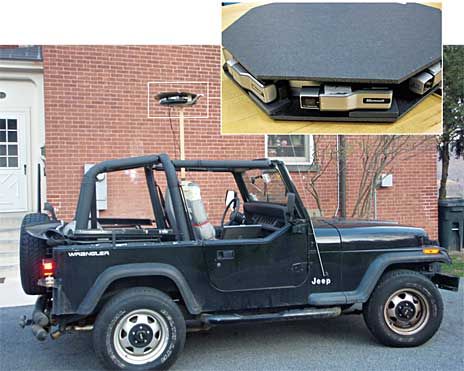NEWS
Flexible Paper Speakers on the Way
Taiwanese research institute set on commercializing the technology, likely in car-audio systems first

Photo: Industrial Technology Research Institute
BY Yu-Tzu Chiu // September 2009
30 September 2009—Scientists in Taiwan say that industrial production of an ultrathin, flexible loudspeaker made mostly out of paper could begin by the end of 2010.
”Aside from use in family, stereo, or automobile hi-fi equipment, it can also be used in earphones or for industrial antinoise purposes,” says Johnsee Lee, president of Taiwan’s Industrial Technology Research Institute (ITRI), where the technology has been under development since 2006.
The device, named fleXpeaker, is basically a sandwich of paper and metal filled with an electroactive polymer that contracts and expands with an audio signal’s electric field.
”It’s soft [and can] easily fit in different curves,” says Ming-Daw Chen, division director of ITRI’s Electronics and Optoelectronics Research Laboratories. ”Therefore, the product customization can be done in diverse fields, such as art for public facilities, interior design,...costume accessories, and others.”
Chen says the flexible paper speaker consumes less electricity than a conventional speaker with the same sound performance. However, due to the thinness of the speaker, improving the performance of very low-pitched sounds with frequencies below 200 hertz remains a challenge.
The paper speakers have caught the attention of a number of firms outside Taiwan, according to Chen, but ITRI has decided to work with domestic car-audio system producers first. ”We’ve been fixing the production process, and the commercialization is likely to be launched in late 2010,” he says, adding that an innovative audio amplifier module will also be invented for the thin-speaker system.
Meanwhile, ITRI is demonstrating the malleability of the high-fidelity speaker. Chen says a wall made up of fleXpeaker units will be displayed for the first time at the 2010 Taipei International Flora Expo.
Taiwan’s ITRI is not alone in inventing paper-thin flexible speakers. Last year, a research team led by Shoushan Fan and Kaili Jiang at Tsinghua University, in Beijing, announced the invention of a paper-thin speaker made from carbon nanotubes, or CNTs.
According to the Foxconn Enterprise Group, which backs the Tsinghua-Foxconn Nanotechnology Center, commercializing the nanotube speaker might take more than three years. ”We’ve been working hard to design the production process with full confidence in the CNT speaker,” says Shaoming Fu, who’s in charge of Foxconn’s intellectual property management department. According to Fu, the team has made the needed nanotubes on 4-inch wafers, and each 4-inch wafer can produce 6 square meters of the thin film.







 1:29 am
1:29 am
 Nawza
Nawza








